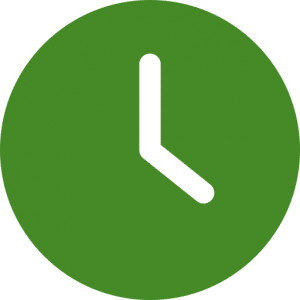Bleeding gums is one of the most common dental conditions, with 1 in 5 Australians being affected. In fact, most people, according to the Australian Dental Association (ADA), believe that bleeding gums when brushing or flossing is perfectly normal and without cause for concern. However, bleeding gums is a sign of irritation, often caused by lack of proper cleaning. In other instances, bleeding gums may also be caused by brushing too hard, hormone changes, and chemotherapy.
So, why is it that gums bleed when not cleaned properly? Inadequate cleaning or poor brushing technique can leave plaque build-up along the gum line. If plaque is not cleaned off the surface, it hardens into tartar, a substance that can’t be removed at home with your toothbrush. Plaque and tartar irritate the gums and cause them to become inflamed, making them bleed easily. This condition is known as gingivitis, the first stage of gum disease.
Left untreated, gingivitis can progress to periodontitis (advanced gum disease). Periodontitis causes gum recession and bone loss, both of which are often irreversible. Severe cases of periodontitis can ultimately result in perfectly healthy teeth being lost from lack of bone support.
To prevent any irreversible damage, it is very important to maintain a good daily oral hygiene routine to remove plaque from teeth where it can cause gum disease. Brushing twice a day and flossing at least once daily is the best way to prevent gum disease at home. In addition, don’t forget to visit your dentist every 6 months for a professional clean in order to remove any tartar.
Brushing step by step
- Brush your teeth twice a day using a soft bristled toothbrush and a pea-sized amount toothpaste that contains fluoride
- Always brush systematically so you thoroughly clean all surfaces of your teeth (example: you may like to start on the upper right back teeth and work your way clock wise around your mouth)
- Hold the brush at a 45° angle towards the gum line and use a gentle circular motion to brush the outside and inside surfaces of each tooth
- Use back and forth strokes on the chewing surfaces
- Use the tip of the brush to clean behind your front teeth, both top and bottom, using a flicking motion
- Brush your tongue from back to front to remove odour-producing bacteria
- Finish by spitting out the toothpaste, not rising, to extend the exposure your teeth have to the fluoride
- Replace your brush at the first sign of wear or every three months
If using an electric toothbrush, you should be guiding the moving brush head slowly from tooth to tooth, following the contours of the tooth and the curve of the gums. As with a manual toothbrush, you shouldn’t apply too much pressure when brushing with your electric toothbrush, as brushing too hard can also cause your gums to bleed.
Flossing step by step
- Starting with about 45cm of floss, wind most of the floss around each middle finger, leaving about 2cm of floss to work with
- Holding the floss tautly between your thumbs and index fingers, insert the floss gently between your teeth using a back and forth motion to avoid traumatising the gums
- Gently curve the floss around the base of each tooth, making sure you go gently beneath the gum line. Move the floss up and down to gently scrape the side surface of each tooth
- To remove the floss, use the same back-and-forth motion to bring the floss up through the contact point of your teeth
- Use clean sections of floss as you move from tooth to tooth
- Remember to clean the back surface on your rear molars
Be sure to book in your next examination and clean to asses the health of your gums by calling us on (07) 5495 4266. By working together with your dentist, you can maintain healthy gums and avoid gum disease.
Thank you for reading our blog. If you have had a positive experience at our practice and would like to tell us and others about it, you can click here to review us on Google or Facebook. You can also choose to send us an email with your feedback. Your positive reviews contribute greatly to a small business like ours.








